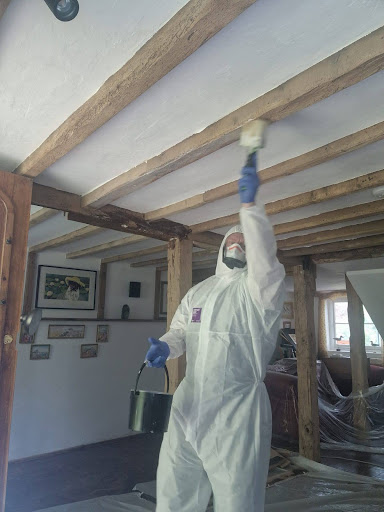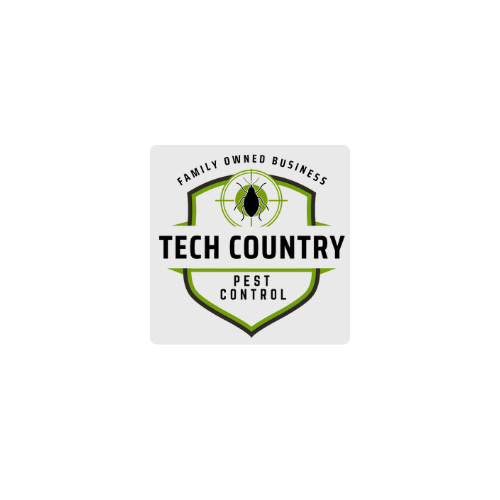Termite Control: Protecting Your Home from Silent Destroyers
Termites, often referred to as “silent destroyers,” can wreak havoc on your home without you even realising it. These small, wood-eating insects can cause significant structural damage to a property, leading to costly repairs if not addressed promptly. Protecting your home from termites involves both preventive measures and effective treatments to ensure your property remains safe from these destructive pests. In this article, we’ll explore how to recognise a termite infestation, the best termite treatment options available, and preventive strategies to protect your property.
Understanding Termites and Their Behaviour
Termites are social insects that live in colonies and primarily feed on cellulose, a component found in wood and plant materials. The most common termite species in the UK and other parts of the world include:
- Subterranean Termites: These termites build colonies underground and are known to enter homes through the soil or cracks in the foundation. They can be particularly destructive as they create extensive tunnels to access food sources.
- Drywood Termites: Unlike subterranean termites, drywood termites do not need contact with soil. They can infest wood directly, making them more challenging to detect.
- Dampwood Termites: These termites prefer moist environments and are often found in damp or decaying wood. Homes with water leaks or poor ventilation may be more susceptible to dampwood termite infestations.
Signs of a Termite Infestation
Because termites often remain hidden within walls, floors, or wooden structures, identifying an infestation can be difficult. However, there are several tell-tale signs of termite activity:
1. Mud Tubes
Subterranean termites construct mud tubes as a protective tunnel between their colony and food sources. These tubes can often be found along the foundation of a home or other wooden structures.
2. Swarmers (Flying Termites)
During the spring or summer months, termite swarmers—winged reproductive termites—emerge to form new colonies. If you notice flying termites or discarded wings near windows or doors, it could indicate the presence of an infestation.
3. Wood Damage
Termites eat wood from the inside out, so damage may not be visible on the surface. However, if you notice hollow-sounding wood, blistered wood, or unexplained cracks in the walls or floors, termites could be the cause.
4. Frass (Termite Droppings)
Drywood termites leave behind small piles of droppings, known as frass. These resemble tiny wood pellets and are often found near the site of an infestation.
Effective Termite Treatment Options
If you suspect that termites are infesting your home, it’s crucial to act quickly. Several termite treatment methods can be employed to eliminate the infestation and prevent future damage:
1. Liquid Termiticides
Liquid termiticides are one of the most commonly used treatments for subterranean termites. This chemical solution is applied to the soil around the foundation of the home, creating a barrier that kills termites upon contact.
- How It Works: Termites entering the treated soil are exposed to the termiticide and eventually die. This method is highly effective at preventing future termite infestations.
2. Termite Bait Systems
Baiting systems are another popular method for treating termites, especially in cases where a liquid barrier may not be feasible.
- How It Works: Bait stations containing slow-acting insecticides are placed around the perimeter of your home. Worker termites bring the bait back to the colony, where it is shared with other termites, including the queen. This method gradually eliminates the colony.
3. Wood Treatments
For drywood termites, direct wood treatment can be effective. This involves applying chemical treatments directly to infested wood.
- How It Works: Chemicals such as borates are applied to the surface of the wood, penetrating deep to kill termites and prevent future infestations.
4. Fumigation
Fumigation is often used for severe infestations, particularly of drywood termites. This treatment involves sealing the home and filling it with a gas that kills termites.
- How It Works: The gas penetrates every part of the structure, eliminating termites in inaccessible areas. Fumigation is a highly effective termite treatment for large-scale infestations, but it requires the home to be vacated during the process.

Preventing Termite Infestations
Preventing termites from entering your home is just as important as treating existing infestations. Here are some effective strategies to protect your home from these silent destroyers:
1. Reduce Moisture
Since termites are attracted to moisture, reducing moisture levels in and around your home can help prevent infestations. Fix leaks, improve ventilation in crawl spaces, and use dehumidifiers if necessary.
2. Inspect Your Home Regularly
Regularly inspecting your home for signs of termites is essential for catching an infestation early. Pay close attention to areas near the foundation, windows, and door frames.
3. Remove Wood and Debris
Termites are attracted to wood, so keeping your yard clear of wood debris, firewood, and tree stumps is a key preventive measure. Store firewood at least 20 feet away from your home, and ensure it’s elevated off the ground.
4. Seal Cracks and Crevices
Seal any cracks or crevices in your home’s foundation or walls to prevent termites from entering. This is particularly important for subterranean termites that build mud tubes through these openings.
Why Professional Termite Treatment Is Important
While DIY termite treatments are available, professional pest control services are often necessary for complete termite eradication. Trained experts can accurately identify the species of termite and implement the most effective termite treatment plan based on the severity of the infestation.
Professionals also have access to advanced treatments and equipment that are not available to homeowners. By hiring a licensed pest control company, you can ensure that termites are effectively eliminated and that your home remains protected from future infestations.
Conclusion
Termites pose a serious threat to the structural integrity of your home, but with the right approach, you can prevent or eliminate these pests. Regular inspections, moisture control, and professional termite treatments are essential for maintaining a termite-free home.
If you suspect termites in your home, don’t delay. Contact Tech Country Pest Control for a comprehensive termite treatment plan. Protecting your home today will save you from costly repairs tomorrow.
Take Action Today!
At Tech Country Pest Control, we offer expert termite control solutions to safeguard your home from costly damage. Contact us now for a termite inspection and customised treatment plan that protects your property and provides peace of mind.
